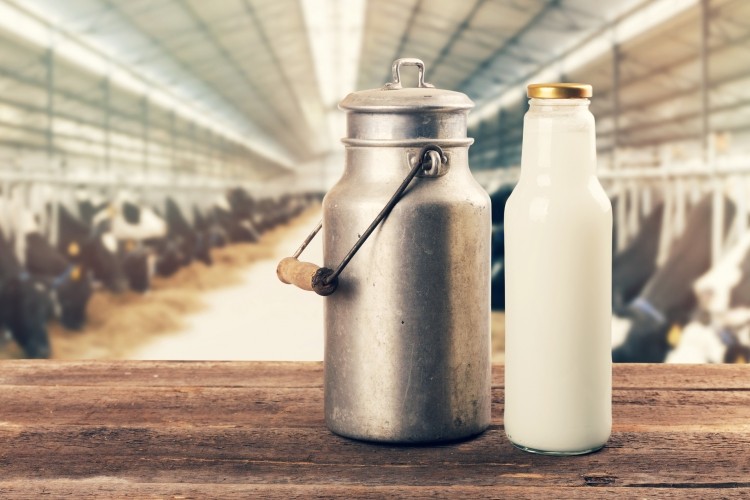Food fortification plans struggling as Indian companies ignore regulatory requirements

The FSSAI issued the guidelines in October 2016, instructing milk and edible oil producers to add vitamins A and D to all their products, but the regulatory body has found that only 12% of the milk products sold in India fulfil the FSSAI's fortification requirements.
These include popular brands such as Cream Line Dairy, Dailycious and Mother Dairy.
When it comes to edible oils, fewer than half (43%) of the companies in the sector are adhering to the FSSAI's directions.
The guidelines dictate that milk brands add 770 IU of vitamin A and 550 IU of vitamin D per litre of all milk products. Edible oil brands are required to add 800 IU of vitamin A and 550 IU of vitamin D per litre of product.
Slow in speed, low in nutrients
FSSAI CEO Pawan Agarwal told Indian media: "We came up with the guidelines to address the lack of essential micronutrients in large numbers of the population. Though companies have started following the directions over past few months, the speed has been slow."
He added that the purpose of these guidelines was to ensure that at least 40% to 50% of the daily recommended intake of vitamins A and D were met.
India's Ministry of Health and Family Welfare, and the National Institute of Nutrition have pegged 70% of the country’s residents as vitamin D-deficient, while 30% are vitamin A-deficient.
In addition, vitamin A deficiency is estimated to be the highest among pre-school children (44% to 50%).
Minor costs, major penalties?
Agarwal said such fortification will incur "only a minor escalation in the production cost, about 10 paisa per litre", and as such, "shouldn't be a problem for big companies".
Partha Mazumdar, a Mumbai-based public health expert said, "Fortification of foods started in 1918, and this led to near eradication of diseases like goitre, rickets, beriberi and pellagra in many countries.
"It's good that authorities are coming up with such directions, but there should also be a mechanism to penalise the companies that don't follow the norms. That will improve the compliance rate."
Indian authorities have been trying to introduce more fortified foods to the general public in order to tackle the country's double burden of malnutrition, but have had limited success so far.












